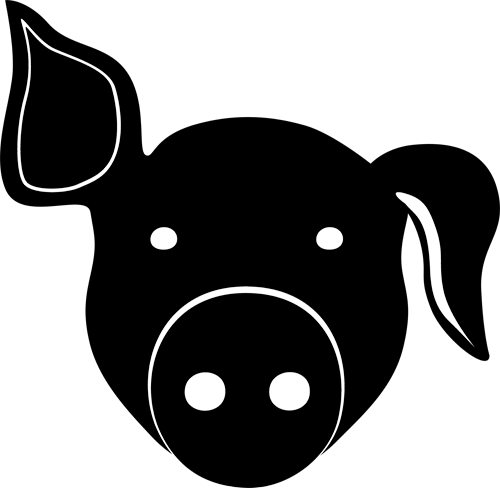No Frida Kahlo situation:
Thoughts on art as a way of coping with illness and its limits
Hello, my name is Judith and I have been drawing from bed since 2021. I cannot use a wheelchair or sit upright in my short creative periods. What started out of necessity rather than normal communication (speaking or therapy are not possible) has developed into a passion over time, and people have used compliments like “modern Frida Kahlo” and “tarot set-suitable” when describing my work. It also means a lot to me when people see themselves in my work or just find it interesting.
So art and creativity, no matter how small, have undeniably helped me on the one hand: even if it is just as an escapism, or, with a lot of help, participation in a life different to the sick community: it is something that connects several worlds and tries to create something beautiful out of bad conditions.
And yet this is not a Frida Kahlo situation, art is not a way of combating pain, and its “power” is limited beyond the romanticization of artistically active sick people — especially for certain illnesses. It is important for me to say that, to convey it somehow, to make it understandable.
ME/CFS, especially in a severe progressive form, is an illness in which the clocks tick differently. What can be a “flow”, a calming activity for others, is a marathon for those with severe ME/CFS, which is subsequently met with a deterioration in condition. Even the act of creating itself can cause more pain than it prevents. Let’s take that in for a moment, because it is typical for ME/CFS, it is the world turned upside down, it goes against everything we’d actually like to hear that’s encouraging.
I created the pictures shown here when the ruthless loan shark of my illness was a little gentler. When I didn’t have to wait days to be able to make a sketch. When the act of drawing made me still forget, the passion was usually stronger than the illness. As the illness progresses, this enthusiasm also becomes a problem. Because at the severe stage, ME/CFS doesn’t differentiate between positive and negative stimulation: everything has its price.
And so my creative conditions change every month: what used to be calming is now a marathon at the highest level of stress. And that’s a huge difference, just like being able to tolerate a look at the screen of a mobile phone or not.
This illness, as a friend once said, feeds on ambition like diabetes feeds on sugar. And that also applies to ambition in relation to art.
But how can a creative person stop thinking at least in ideas? Where is the hope in all this, the salvation of beautiful art?
On the one hand, I am proud of everything that has already been, what still is, and what is to come. Every single picture. On the other hand, I think that there is hope that goes beyond one’s own life: and art will survive this too.
Creativity has become a very broad term for me: on some days I am happy to be able to stick a sticker on colored paper and not be 100% consumed by torture. This “art” will hardly be perceived as such, and yet for me it is equal to, if not above, many other works: the decisive factor is always the feeling you have when you do it: to be briefly inspired and creative in that moment.

Judith, 2022, drawing in her bed studio.
Photo: Matthias Mollner
Judith Schoßböck, PhD, lives with very severe ME/CFS, cerebrospinal fluid loss syndrome (CSF leak), pancreatic disease, hormonal disorders, very severe MCAS, etc. with her parents in Upper Austria. In her work, aspects and feelings of illness are often addressed in an absurd or funny but aesthetic way, thus creating space for points of identification for non-disabled and disabled people.
